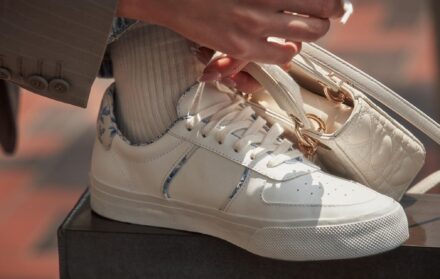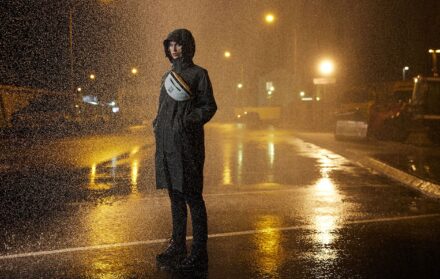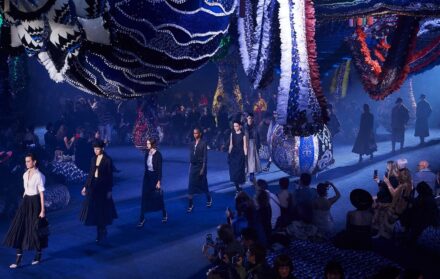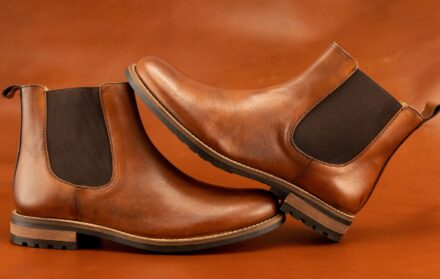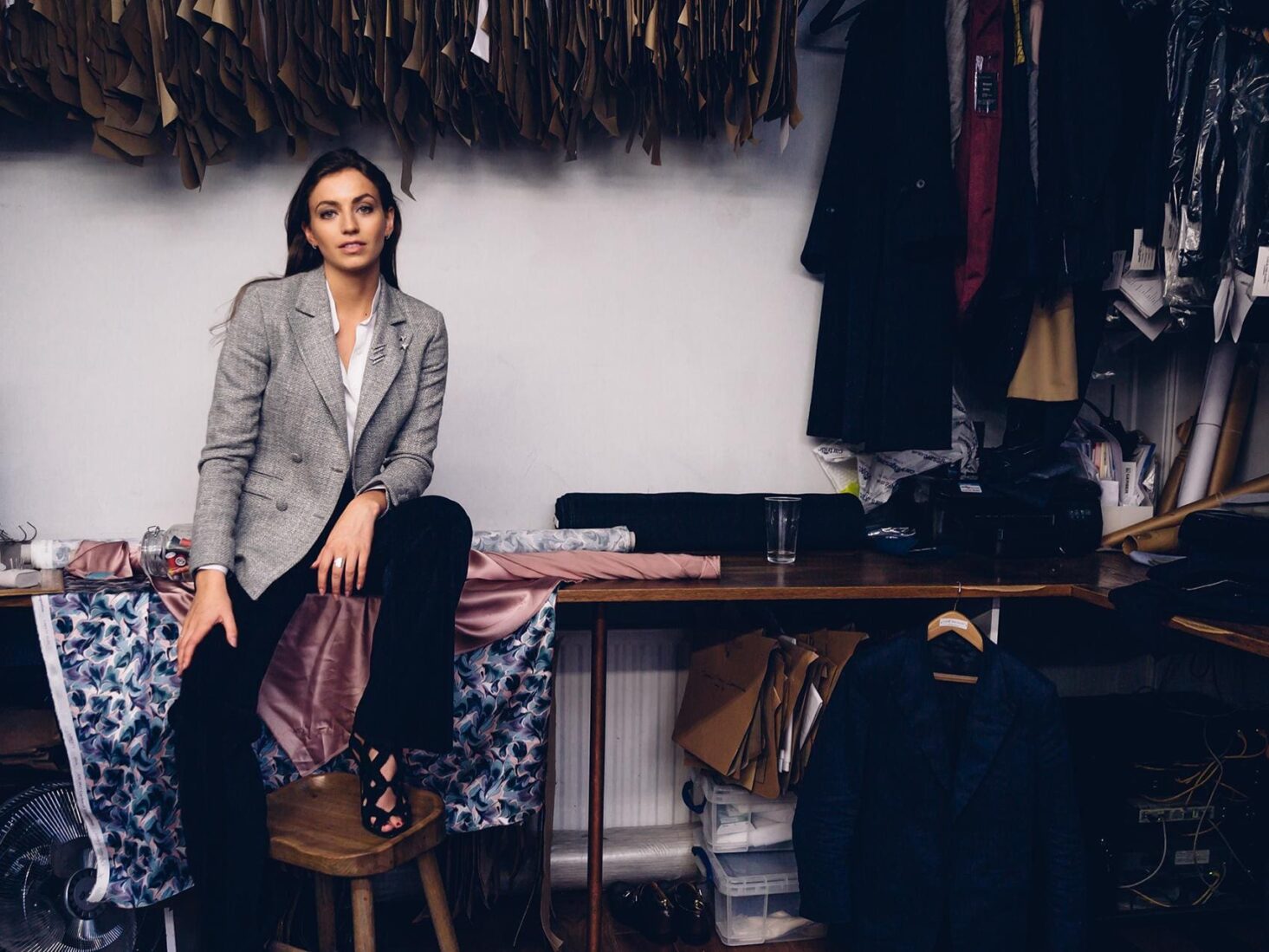
Female Tailors in London Challenging Savile Row Stereotypes
When the likes of Kathryn Sargent opened her tailoring house on Savile Row, she broke the street’s 200-year-old male monopoly – and started a movement in the process. Introducing the master women tailors cutting suits for
Some eight years ago Kathryn Sargent was something of a unicorn in her profession. She had just been appointed head cutter at Gieves & Hawkes on Savile Row, one of the most prestigious jobs at one of the more prestigious names in global tailoring. For her, it was simply the natural progression of her career. It wasn’t until she received a flurry of letters of support from the public that she realised just how much of a dent she had made in what is an exceptionally male world.
“That is what really made me understand how unusual a woman in my position was,” says Sargent, who was the first woman to hold such a position on Savile Row, and who has since set up a successful tailoring business on Mayfair’s Brook Street under her own name. “It certainly hadn’t been easy to get that job, because I think tailoring is one of the last professions that women still have to break into. But times were changing: people may have viewed plumbing or carpentry as typically male trades, but when I left college interest in trades and viewing them as male already felt over. I’m sure many of the senior gentlemen I worked alongside would have preferred a young man as an apprentice, but actually they were inundated with women applying. Some found this shocking, others just didn’t understand it, but others thought it was brilliant.”
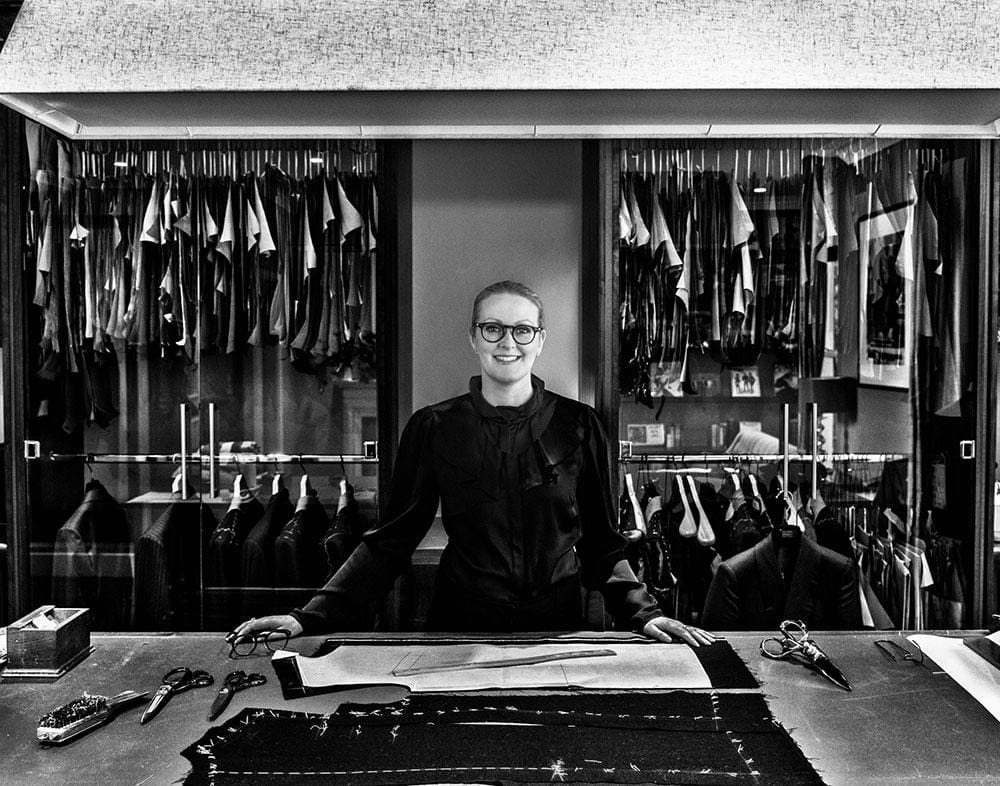 Kathryn Sargent
Kathryn Sargent
Plenty of esteemed tailoring houses around London will happily make bespoke suits for women – among them Maurice Sedwell, Huntsman, and Anderson & Sheppard (whose director is a woman, Anda Rowland). Edward Sexton, who has tailored for the likes of Annie Lennox and Kate Moss, notes that it’s something of a specialism. “You have to allow for those wonderful peaks and valleys, which most tailors just don’t understand,” he says, referring to the female form. “You can’t just turn on your training in traditional men’s tailoring to cut for a woman. They end up looking like they’re wearing a man’s jacket.”
There is considerably less demand for bespoke tailoring for women than for men, and few women have entered the business, whether catering for women or for men. Sargent, it seems, has been something of a catalyst for raising the profile of women in the industry: Richard Anderson, for example, now has two female apprentice tailors and a number now have their own names over the door.
Susannah Hall, for example, runs a tailoring business in Clerkenwell, and Katherine Maylin, who also worked as a tailor at a range of Savile Row houses, has now created her own business there. Joseph alumnus Alex Eagle followed suit two years ago when she created a tailoring workshop in her eponymous Lexington Street store, enlisting the cutting prowess of Chandni Odedra, a Savile Row graduate with 12 years’ experience. Four years ago Phoebe Gormley – who trained in costume design at university and interned on Savile Row – established Gormley & Gamble with a made-to-measure service, pitching herself as the first tailor on Savile Row to cater just to women. “There are more women working on Savile Row now than ever before,” says Sargent. “In time it won’t be a notable subject any more.”
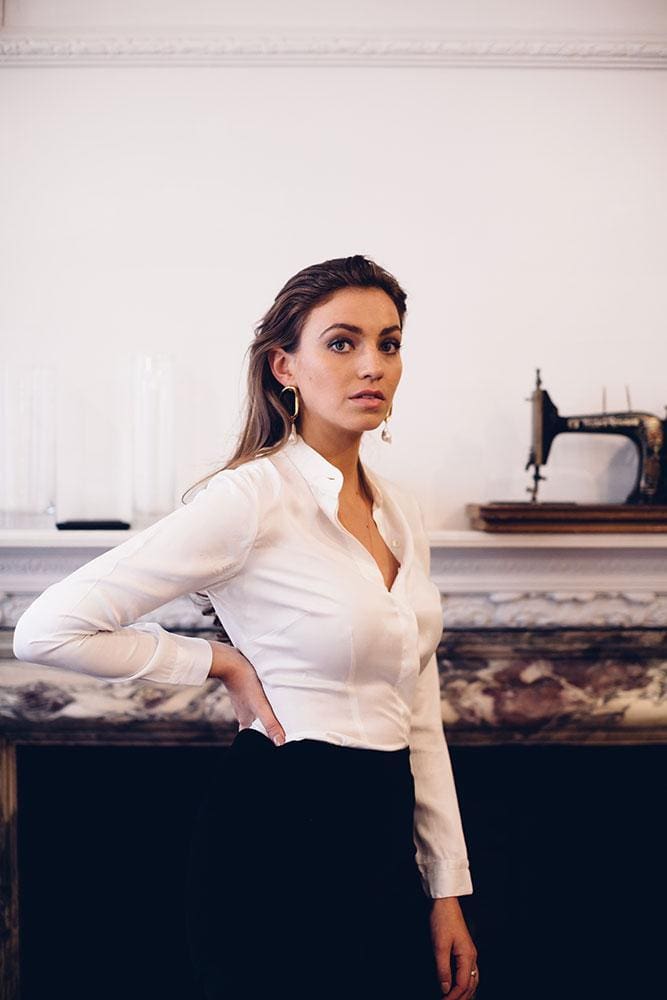 Phoebe Gormley
Phoebe Gormley
“The industry is changing. There is this gradual shift happening,” agrees Dara Ford, who was apprenticed in haute couture before studying fashion design, and who has a bespoke and semi-bespoke tailoring business based in Isleworth. “I think bespoke tailoring hasn’t typically been on most women’s radar, in part because it’s been so closely associated with menswear, but also because it’s been sold with the image of country estates and gentlemen’s clubs. But for me this isn’t about traditional style – there are no shooting jackets here, nothing stuffy or staid. It’s just about clean, modern clothing made for the individual.”
It might well be argued that this growing wave of women in tailoring is all good for the craft at large, which has historically struggled to keep pace with changing demand. Savile Row’s world-class industry has stared into the abyss more than once and for more than one reason: the old masters are retiring and few young people are interested in training; even among those who do start an apprenticeship, most drop out before completing their training. There has also been a gradual collapse in the demand for formal dress, and existing companies are facing the pressures of rent hikes and from property developers. Prior to the 1940s, there were hundreds of firms operating in the Savile Row vicinity. By 1980 there were 50. Now there are perhaps 20.
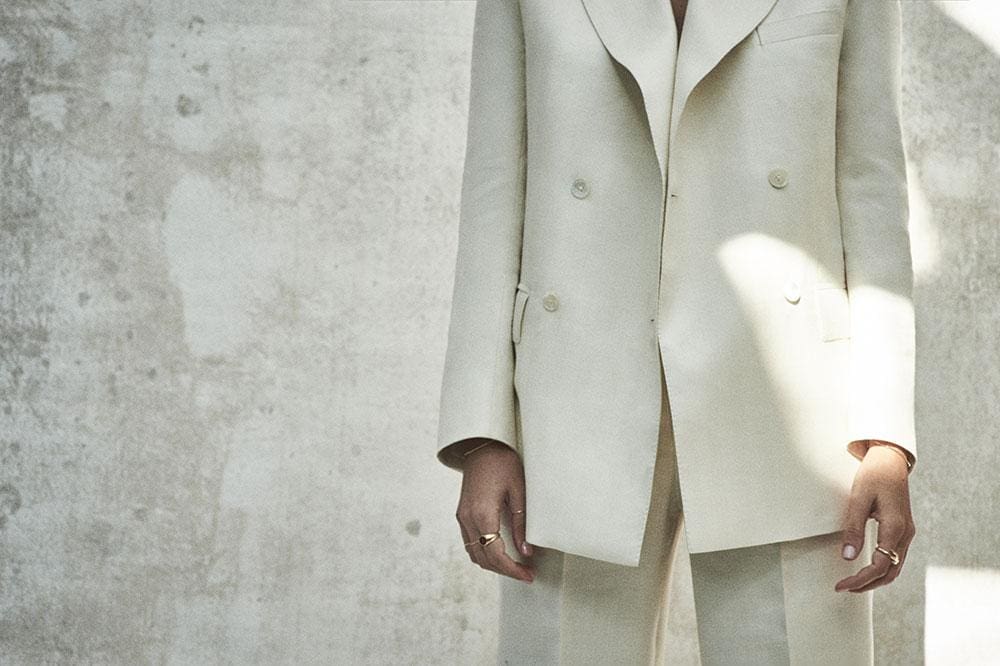 Alex Eagle, October 2018
Alex Eagle, October 2018
In the 1990s, the first wave of the next generation of tailors – the likes of Richard James and Timothy Everest, followed by Thom Sweeney – helped British tailoring to move up a gear. Might female tailors now do the same? They are, anecdotally at least, bringing in more female clients.
“I certainly do more tailoring for women than I used to,” says Sargent, who recently extended her Crafted made-to-measure service to women. “More and more women are getting frustrated with the process of finding things that fit them really well – their ultimate pair of trousers or jacket – only, of course, to then find that it’s not available from the brand the next season. That’s particularly the case for women in business, and more women are working in a management environment now.”
Much of the bespoke business is still male-focused, she observes. “It might sound controversial, but many male colleagues don’t want to cut for women because there are fewer rules to work to and because it can be more challenging. There’s also still this marketing cliché that sells to men on the basis of their being interested in construction and craft, when actually women are too.”
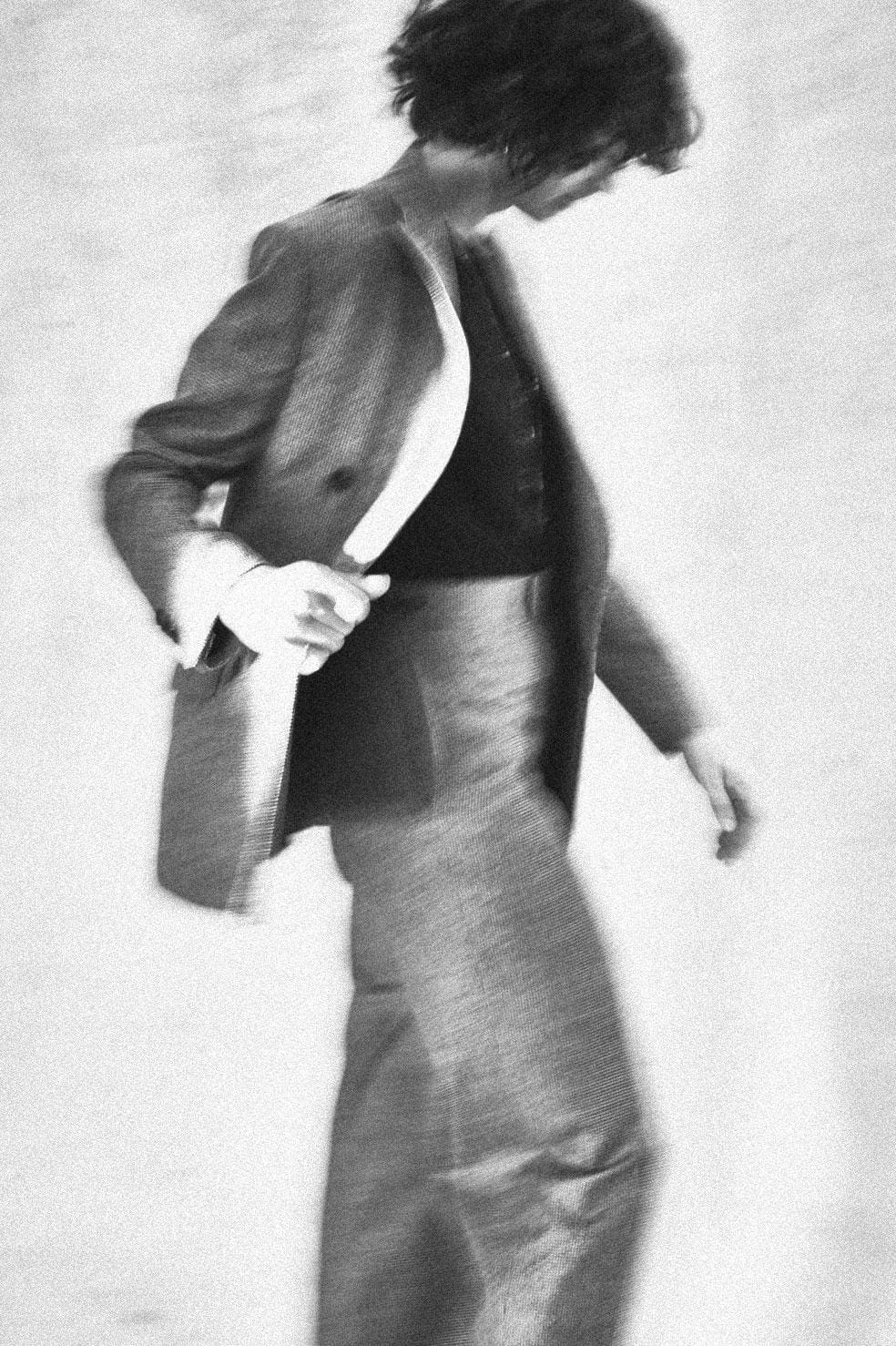 Alex Eagle, October 2018
Alex Eagle, October 2018
A female tailor may be no better qualified to cut a jacket for the female body than a male tailor but, suggests Sargent, perhaps a female tailor is more attuned to understanding how a client wants to feel in her clothes; how they need them to work for her. Susannah Hall agrees. “Not all women, for example, want that ‘women’s suit’ look, which is very fitted and curvy – a male view of a women’s suit.”
Hall revamped her premises and rebranded her business this year. “A lot of my customers find they don’t like the atmosphere in men’s tailors and that they aren’t very user-friendly,” she says. “It’s important to get it right because being measured up for the first time can be scary. They’re also finding it increasingly hard to buy off the peg, because fashion doesn’t seem to cater for ‘normal’ women any more. I have clients with amazing figures, and even they can’t buy off the peg these days.”
It’s not just the traditionally male world of tailoring that is seeing some redress in the gender balance. Deborah Carré, who formerly worked at luxury footwear company John Lobb, is now one half of CarréDucker. While noting that most of her “more modern” customers are style-focused, and “couldn’t care less whether they’re dealt with by a man or a woman”, Carré says that if she tells someone she’s a shoemaker, there’s still the assumption that she means high heels.
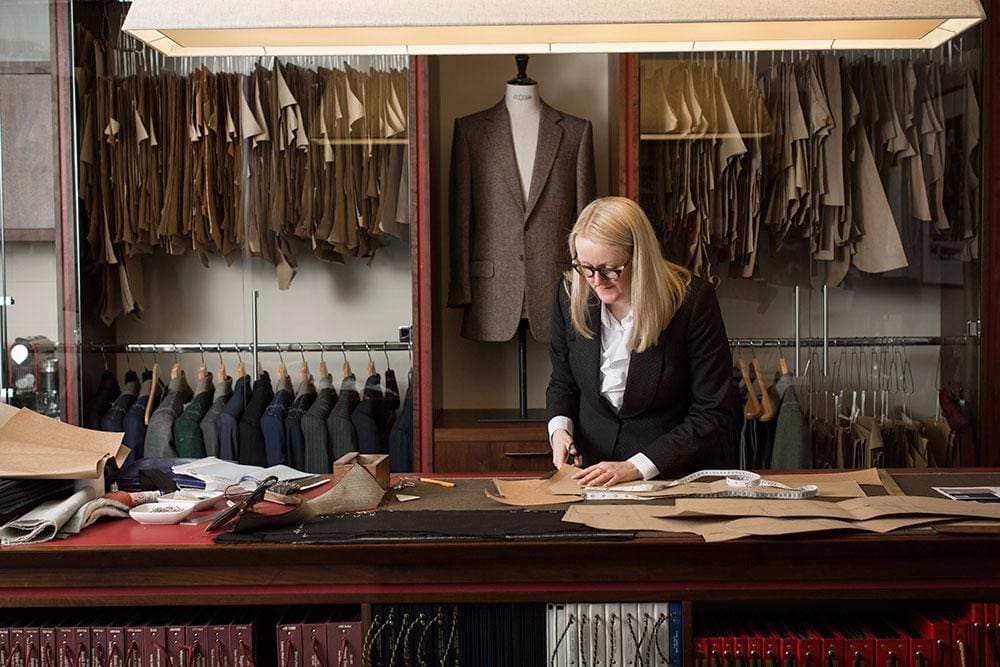
When it comes to shirtmakers, there’s Ana Santamaria, from the family firm Santamaria Shirtmakers in Notting Hill, while Emma Willis is the lone female denizen of that other stomping ground of maleness, Mayfair’s Jermyn Street. During the early years of her business, Willis found it tough to be accepted: “It’s definitely still a surprise for some people.” She also notes that more and more of those requesting internships with her are young women – which, as with tailoring, is no bad thing for any craft industry seeking to sustain itself over the coming decades, and is certainly a boon to future entrepreneurialism. “That all said, I think it will be some time before the idea of women working in bespoke isn’t considered odd by your typical Savile Row guy,” says Hall with something between a chuckle and a sigh of exasperation. “‘Ooh, it’s a woman tailor!’ You still get that. ‘Yes, it is. For goodness sake, so what?’ There needs to be more of us before that attitude goes away.”




